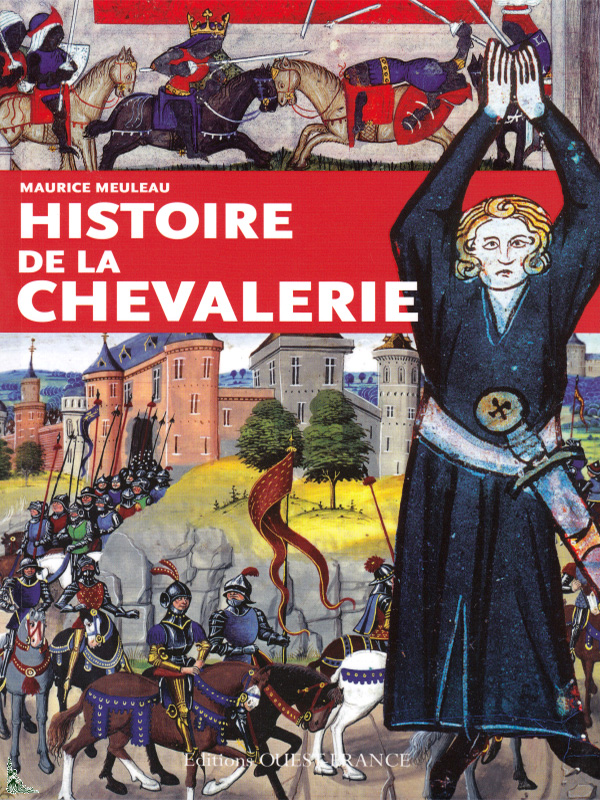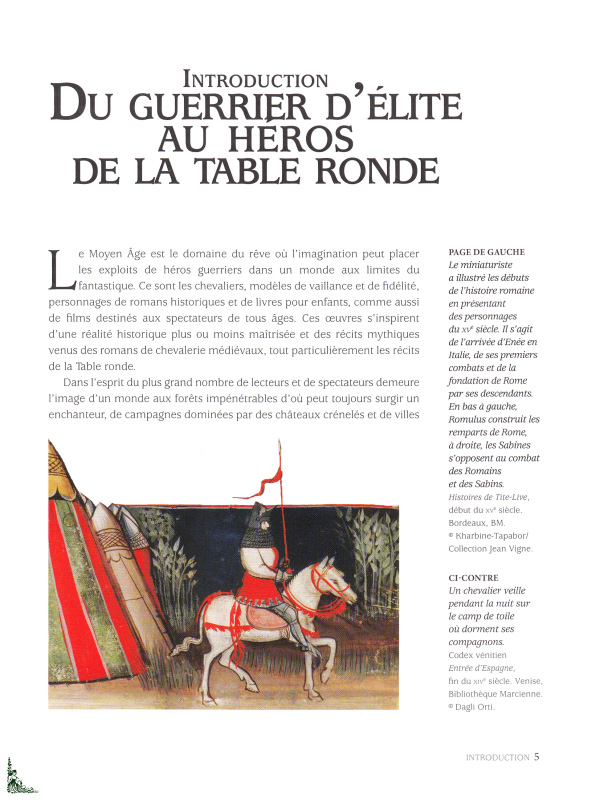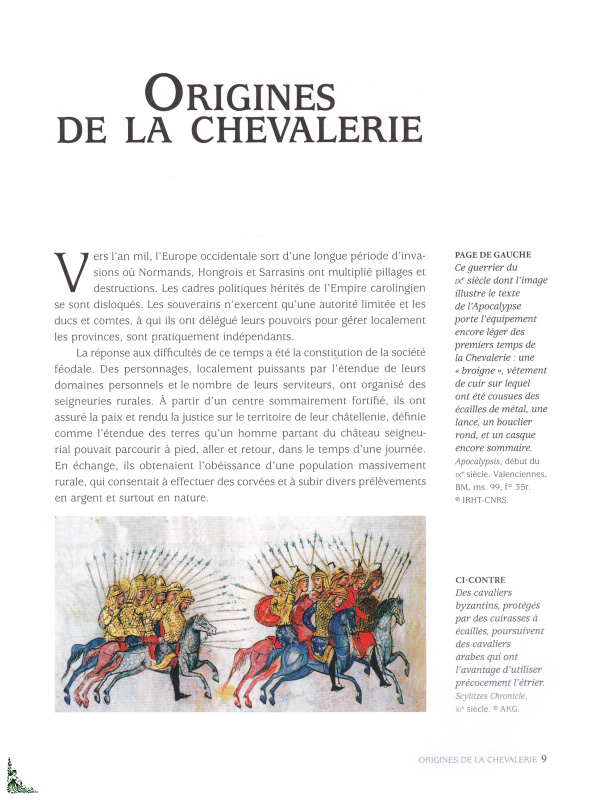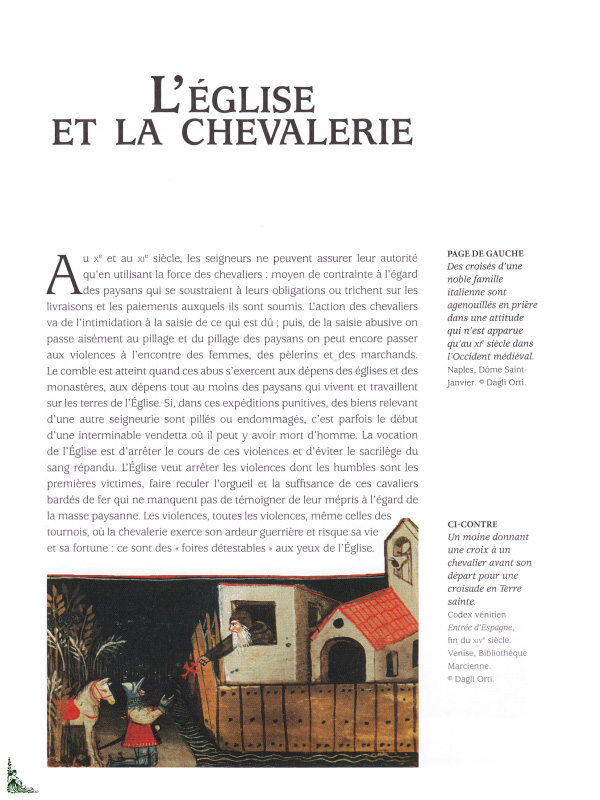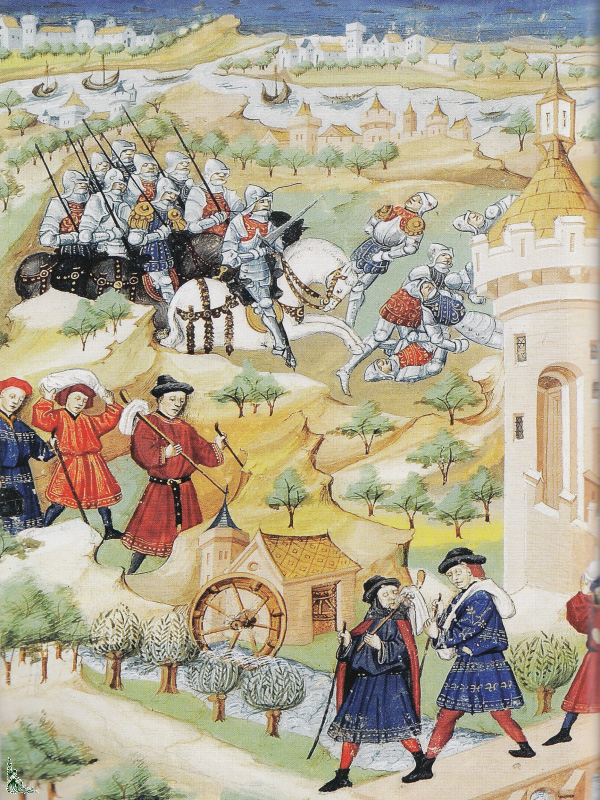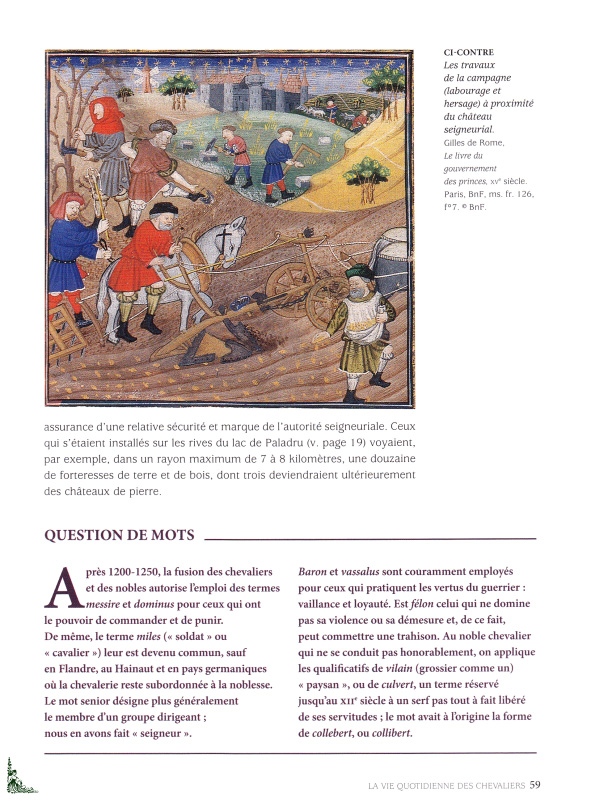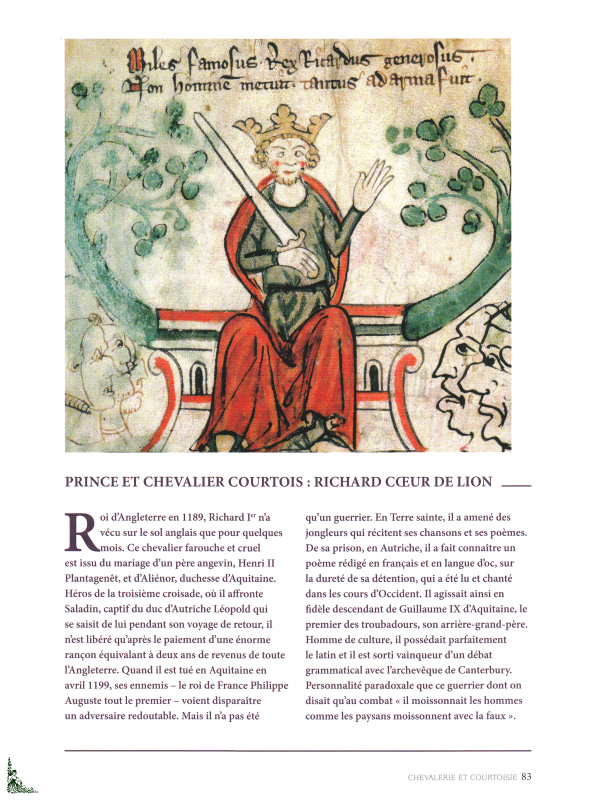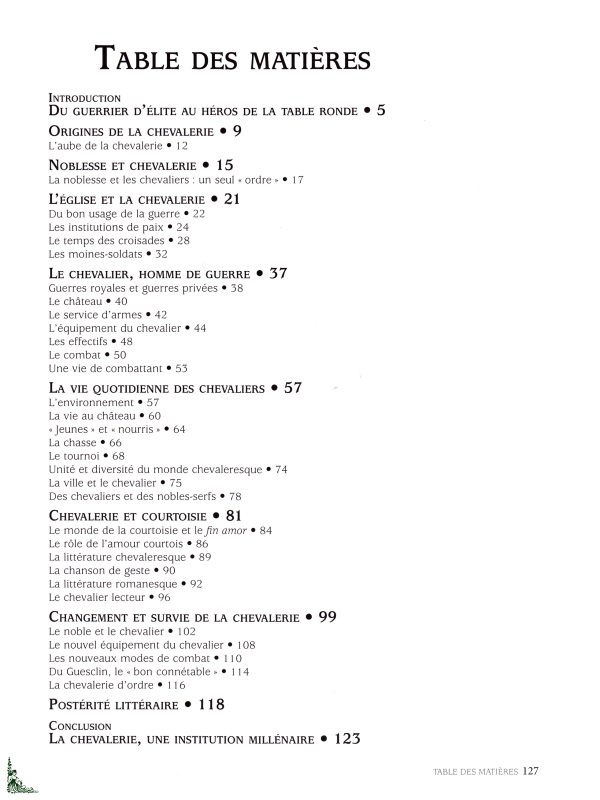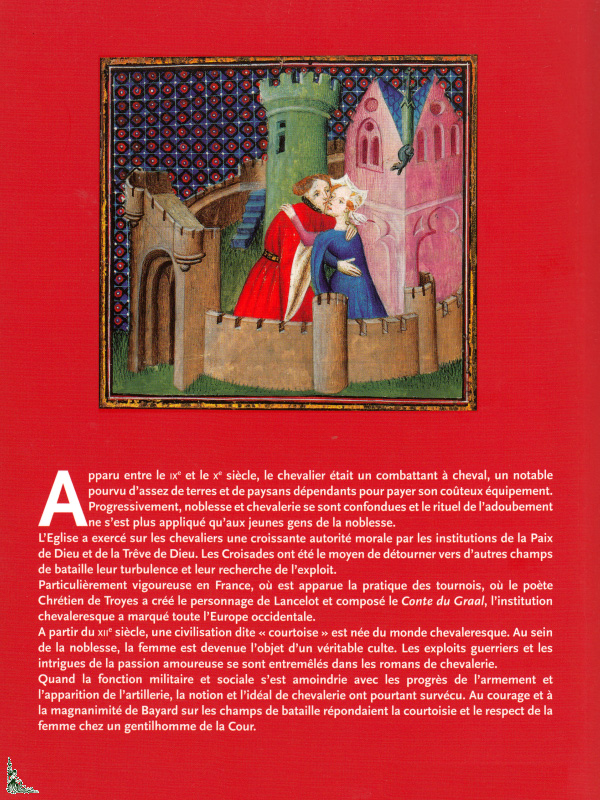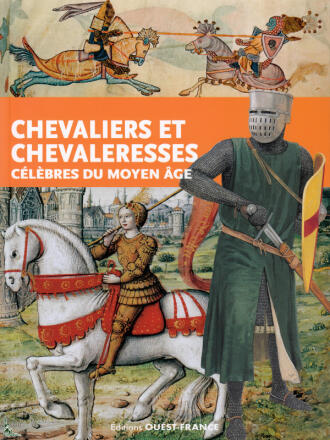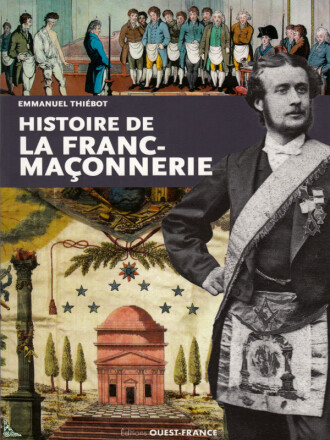History of chivalry
この本の詳細
| 著者 : | Maurice Meuleau |
| 出版業者 : | Ouest France (2014) |
| 不良部分 : | Softcover (128 full color pages) 6-½ inches x 9-½ inches |
| 言語 : | French |
| ISBN : | 978-2-7373-6281-1 |
| EAN : | 9782737362811 |
記述
History of chivalry, by M. Meuleau, Ed. Ouest France, 6-½ inches x 9-½ inches ( 17 cm x 24 cm ), softcover book with 128 full color pages
This softcover book with 128 full color pages retraces the history of chivalry.
Appearing between the 9th and 10th centuries, the knight was a combatant on horseback, a notable with enough land and dependent peasants to pay for his expensive equipment. Gradually, nobility and chivalry merged and the ritual of dubbing was only applied to young people of the nobility.
The church exercised increasing moral authority over the knights through the institutions of the Peace of God and the Truce of God. The Crusades were the means of diverting their turbulence and their quest for achievement to other battlefields. Particularly vigorous in France, where the practice of tournaments appeared, where the poet Chrétien de Troyes created the character of Lancelot and composed the Tale of the Grail, the chivalrous institution marked all Western Europe.
From the 12th century, a so-called "courtly" civilization was born from the chivalrous world. Within the nobility, the woman became the object of a true cult. The feats of war and the intrigues of amorous passion are intertwined in the novels of chivalry. When the military and social function diminished with the progress of armament and the appearance of artillery, the notion and ideal of chivalry survived. Bayard's courage and magnanimity on the battlefields matched the courtesy and respect for women in a gentleman of the Court.
Contents:
- Introduction - From elite warrior to hero of the round table
- Origins of chivalry
- Nobility and chivalry
- The Church and the Chivalry
- The knight, man of war
- The daily life of the knights
- Chivalry and courtesy
- Change and survival of chivalry
- Literary posterity
- Conclusion - Chivalry, an ancient institution
The French texts are written by Maurice Meuleau.
 Description française
Description française
Histoire de la chevalerie
Détails du livre
| Auteur : | Maurice Meuleau |
| Éditeur : | Ouest France (2014) |
| Reliure : | Broché (128 pages couleurs) 17 cm x 24 cm ( 6-½ inches x 9-½ inches ) |
| Langue(s) : | Français |
| ISBN : | 978-2-7373-6281-1 |
| EAN : | 9782737362811 |
Description
Histoire de la chevalerie, de M. Meuleau, Ed. Ouest France, 17 cm x 24 cm, broché avec 128 pages couleurs
Ce livre de 128 pages couleurs richement illustré retrace l'histoire de la chevalerie.
Apparu entre le IXe et le Xe siècle, le chevalier était un combattant à cheval, un notable pourvu d'assez de terres et de paysans dépendants pour payer son coûteux équipement. Progressivement, noblesse et chevalerie se sont confondues et le rituel de l'adoubement ne s'est plus appliqué qu'aux jeunes gens de la noblesse.
L'église a exercé sur les chevaliers une croissante autorité morale par les institutions de Paix de Dieu et de la Trêve de Dieu. Les Croisades ont été le moyen de détourner vers d'autres champs de bataille leur turbulence et leur recherche de l'exploit. Particulièrement vigoureuse en France, où est apparue la pratique des tournois, où la poète Chrétien de Troyes a créé le personnage de Lancelot et composé le Conte du Graal, l'institution chevaleresque a marqué toute l'Europe occidentale.
À partir du XIIe siècle, une civilisation dite "courtoise" est née du monde chevaleresque. Au sein de la noblesse, la femme est devenue l'objet d'un véritable culte. Les exploits guerriers et les intrigues de la passion amoureuse se sont entremêlés dans les romans de la chevalerie. Quand la fonction militaire et sociale s'est amoindrie avec le progrès de l'armement et l'apparition de l'artillerie, la notion et l'idéal de chevalerie ont portant survécu. Au courage et à la magnanimité de Bayard sur les champs de bataille répondaient la courtoisie et le respect de la femme chez un gentilhomme de la Cour.
Principaux chapitres de l'ouvrage :
- Introduction - Du guerrier d'élite au héros de la table ronde
- Origines de la chevalerie
- Noblesse et chevalerie
- L'église et la chevalerie
- Le chevalier, homme de guerre
- La vie quotidienne des chevaliers
- Chevalerie et courtoisie
- Changement et survie de la chevalerie
- Postérité littéraire
- Conclusion - La chevalerie, une institution millénaire
Les textes en Français sont de Maurice Meuleau.


